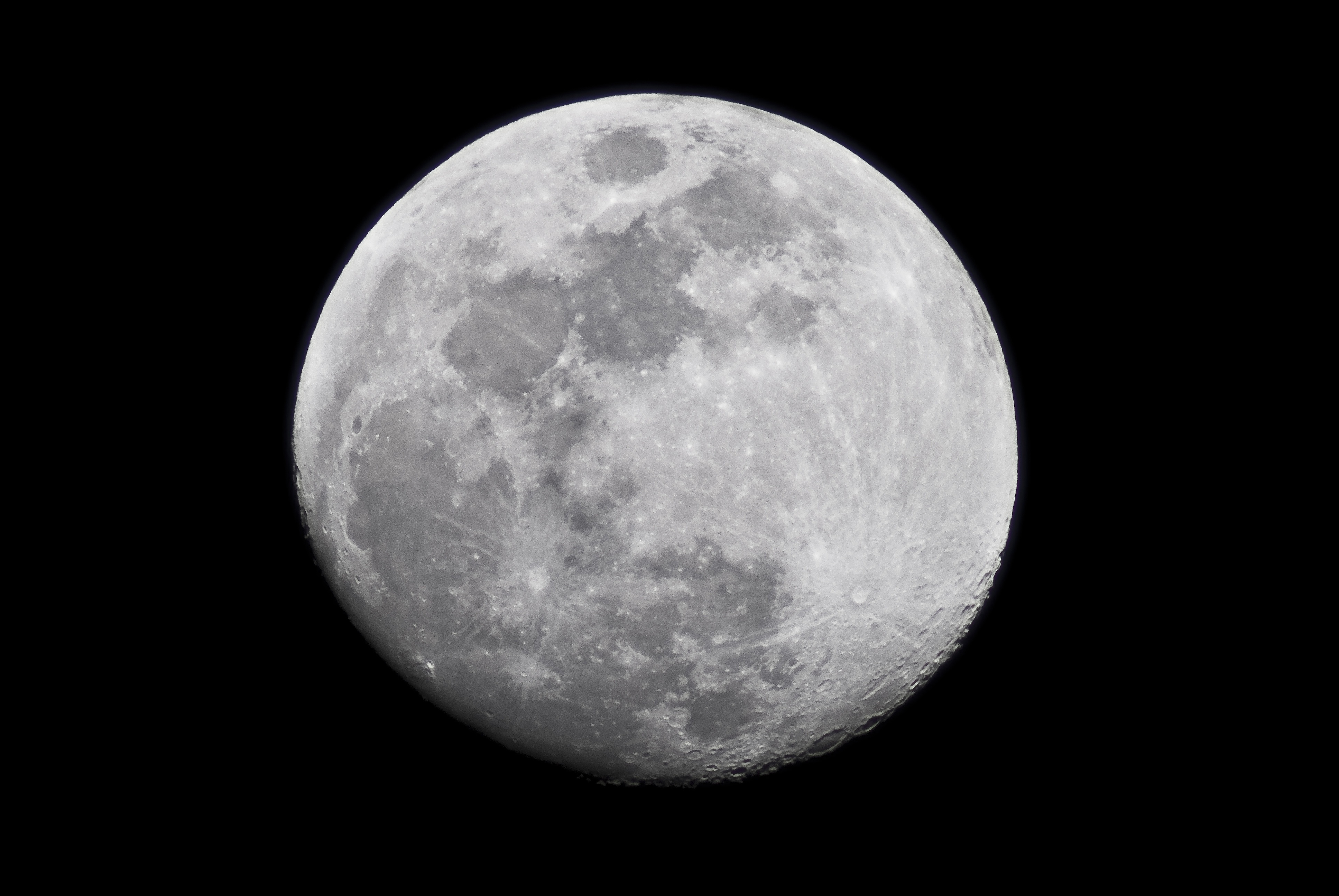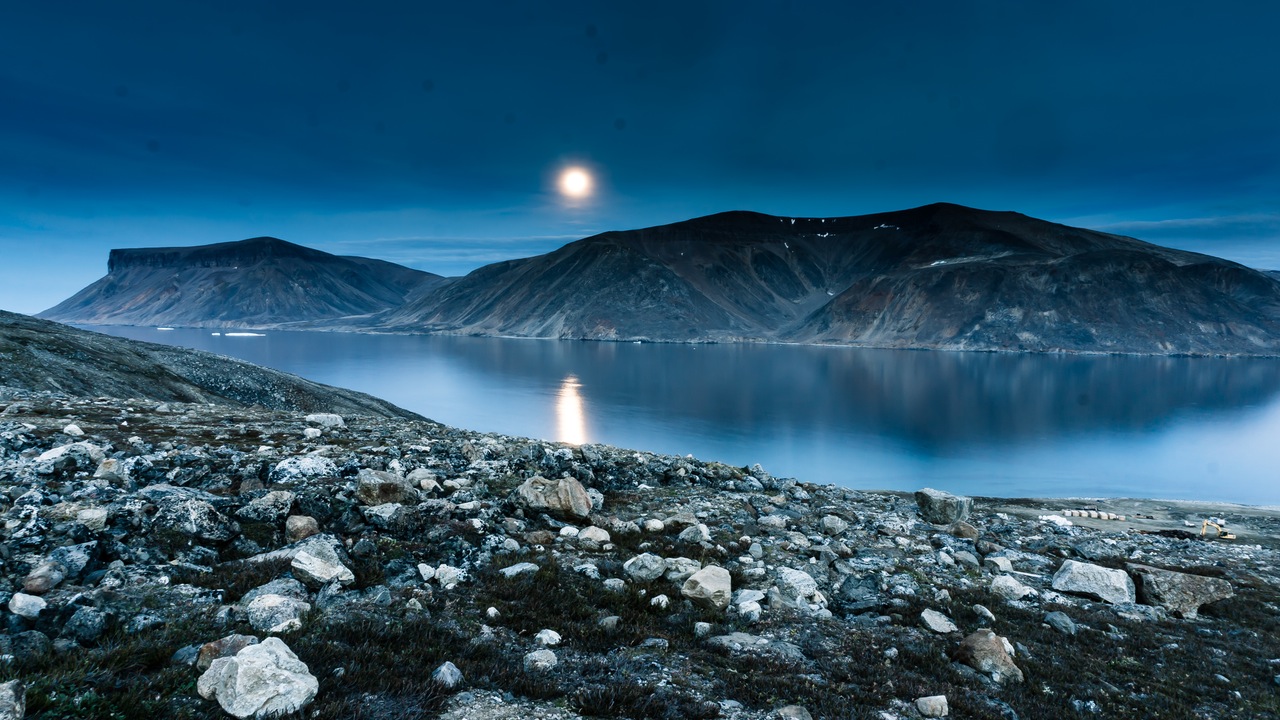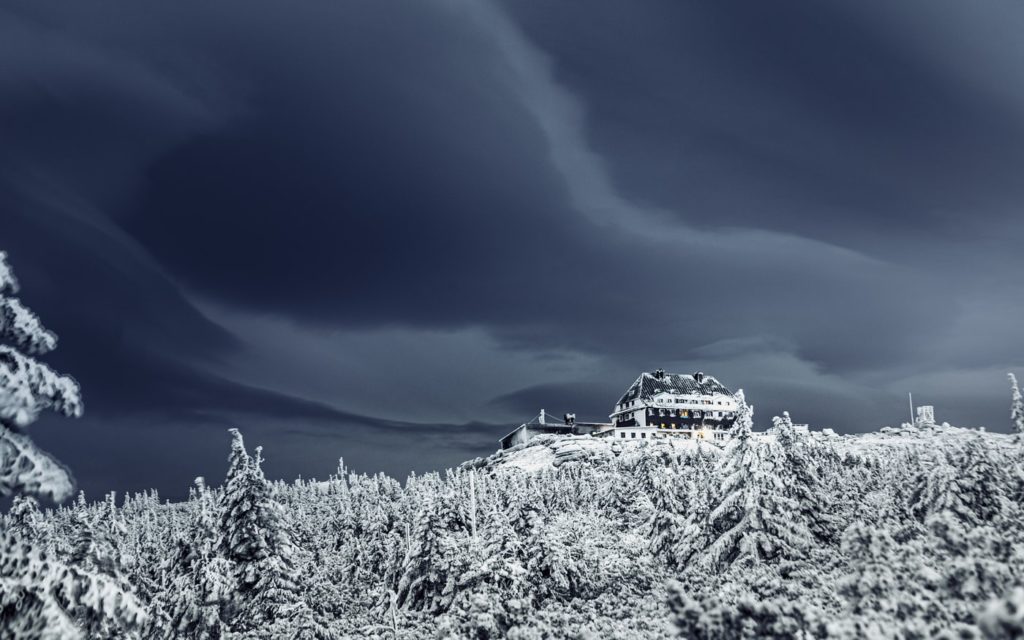Unless you have been living under a rock for the last few days, you'll probably know that Monday (November 14, 2016) is going to be a “super moon” and what that means is that the full moon is closer to the earth than at any time in the last 7 decades. This is a big opportunity for photographers! So, if you haven't already started planning, then this is what you'll need to know!

Photo by Matt Benson
Look at the Weather
One of the big problems with photographing the night sky is that the weather doesn't always cooperate. It's not looking great here in Sydney where I am writing from as it's going to be cloudy, but there are a heap of places that are in for a clear night so you could very well be in luck in your part of the world.
Easiest way to find out is to check out Google weather for your area.
Just remember that weather forecasts are NOT always reliable so use your own judgement as to whether there is still a chance at a few shots of the moon. Personally, I will still be heading out to hopefully get a few shots between the clouds. Maybe I will be lucky, maybe I won't.
And don't forget to dress appropriately for the weather – being comfortable means your head space is taken up with how to photograph the moon rather than how to keep warm etc.
Equipment to Photograph the Moon
Now, if you're lucky enough to have clear skies, then you're in for a treat. But it's a low light situation so prepare for it.
You will need a tripod or some other way of stabilising your camera. It's very difficult to avoid this.
Depending on your composition, you might also like to think about lens choice. A long zoom for a close up of the moon if possible. Even if you want to incorporate terrestrial elements into the shot, you won't be able to shoot a wide angle lens without making the moon look very small. So zoom in as a large moon makes for a more powerful composition in most cases!
That extra zoom also makes the tripod or stabilisation of the camera even more necessary.
Composition Considerations
Shooting with a long focal length will make the moon look larger in your image which usually results in the most powerful compositions, whether they incorporate elements of the landscape or not.
Either way, think about making the moon a large part of the composition.
If you're going to incorporate landscape elements into the foreground, then standard landscape composition techniques still apply.

Photo by Matthew McElwaine
Technique and Camera Settings to Photograph the Moon
Now, you will probably want to spend 10 minutes going over the steps in our how to photograph the moon article. The short of it, if you are using a telephoto lens, is low iso, f/11 to f/15 aperture and appropriate shutter speed (probably starting somewhere around the 1/60th second area. But check out that article for specifics and, of course, adjust for your own circumstances.
Consider Stacking in Post Production – If your composition includes elements of the landscape as well as the moon, then you may run into exposure problems. A trick to avoid this is to shoot multiple (usually 3) exposures and use Photoshop to combine them. Expose the moon properly for one shot, then shoot another shot over exposed by a stop or two, then another underexposed by a stop or two. Here is a technique to do this. Combining those shots can often result in a great photograph.
Watch for Crowds
If there is a place near you that crowds gather to watch the sunrise or moonrise then they are going to be quite crowded tonight! There are even a bunch of events on Facebook where huge crowds are going to gather to watch this.
Now, shooting in a big crowd with a tripod and people walking in front of your shot is… let's just say, challenging. So plan for it!
You might want to find a slightly less busy vantage point to photograph the super moon to make it easier on yourself. Alternatively, you might like to get to those crowded spots a lot earlier so you can grab yourself the best vantage point.
Don't Forget to Breathe
When you're photographing these “once in a lifetime” events, it's very easy to get caught up in your camera, settings, composition and whatever.
Stop. Breathe.
Look around you.
Enjoy the moment.
Photography is wonderful, but don't spend the whole super moon buried in f-stops and shutter speeds. Enjoy it too!






